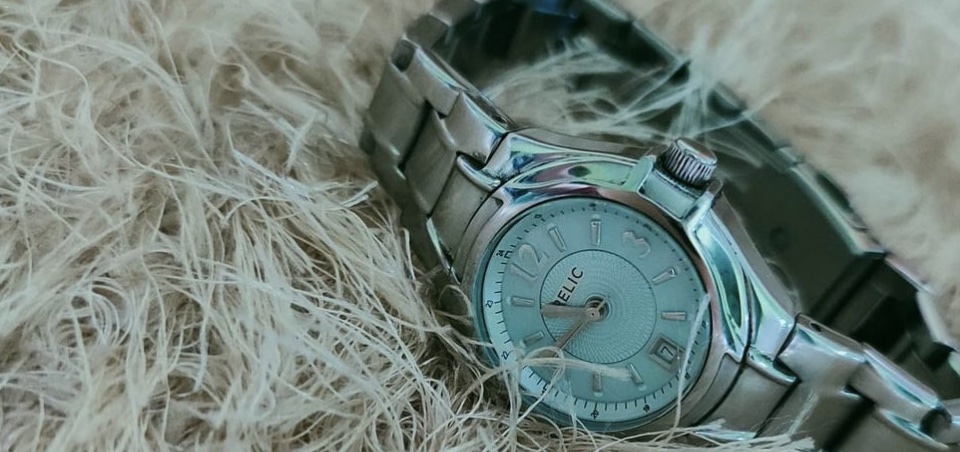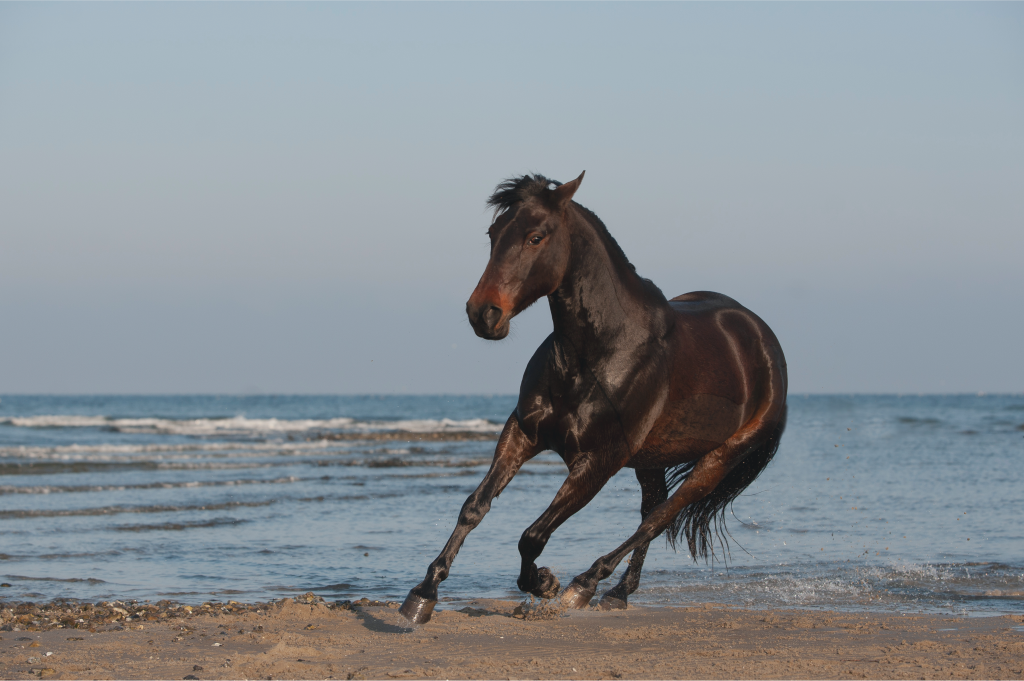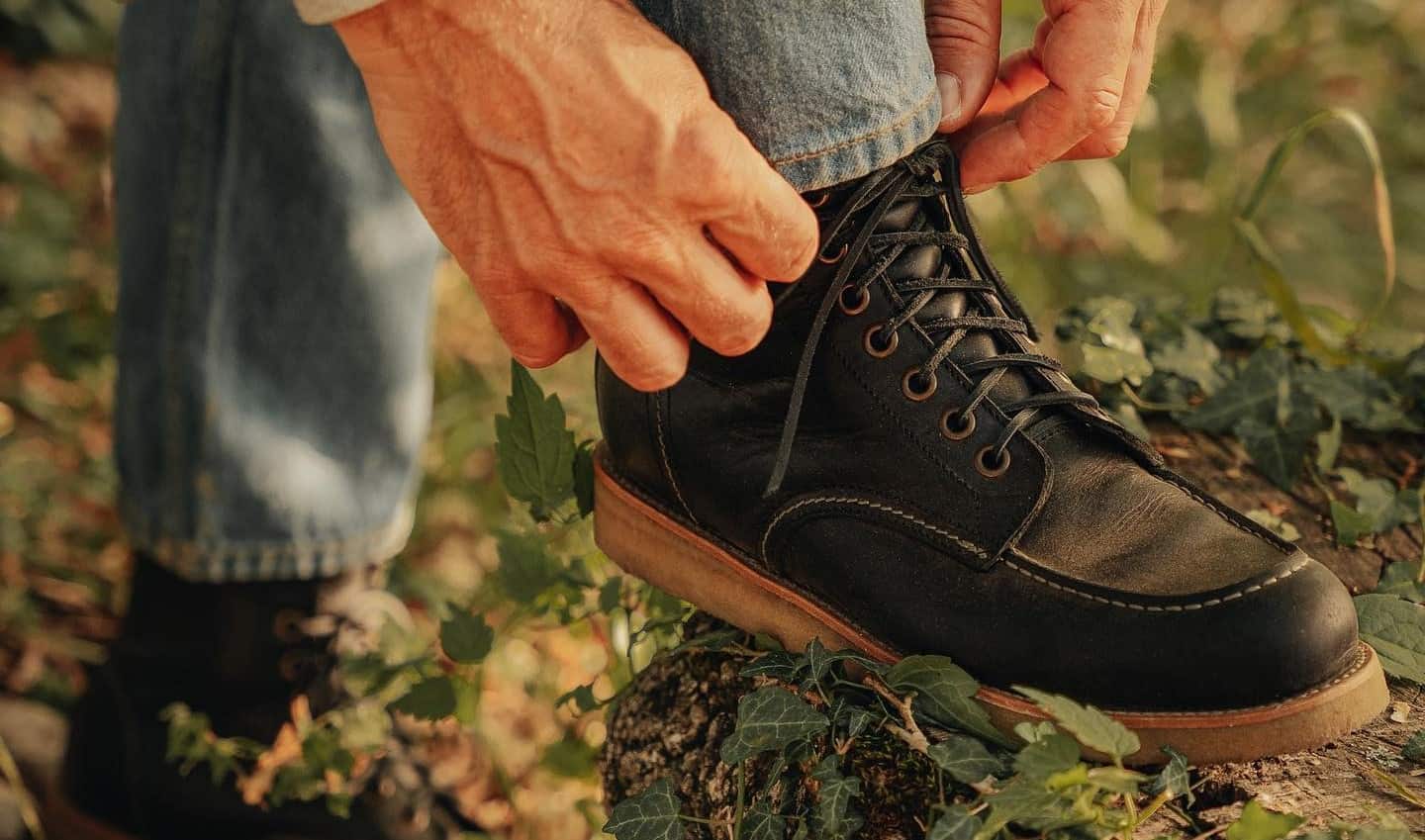Male mason wasps have no sting, but they have spines on their genitals that can cause a pricking pain, and these are effective at deterring some frogs from eating them
Life
19 December 2022
Female wasps have a venomous sting to discourage predators, but males lack this protection. Now, researchers have discovered that male mason wasps have an alternative defence strategy: using their spiky genitals to attack animals that try to eat them.
Male wasp genitals include an aedeagus, the insect version of a penis, and a pair of parameral spines. In some other insect species, similar organs injure females during mating to prevent her from mating again. But mason wasps (Anterhynchium gibbifrons) observed mating in a laboratory don’t seem to use these spines against their mates.
Shinji Sugiura at Kobe University, Japan, says his team decided to explore whether the spikes were instead used for defence after his colleague Misaki Tsujii was “stung” by a male mason wasp, even though the males have no actual sting.
“The male wasp used a pair of sharp spines in the genitalia to pierce her finger,” says Sugiura. “Surprisingly, the male ‘sting’ caused a pricking pain. I hypothesised that the male genitalia of A. gibbifrons function as an anti-predator defence.”
The team placed single male wasps in a container with either a tree frog (Dryophytes japonicus) or a pond frog (Pelophylax nigromaculatus). On every occasion, the frog attacked the wasp. But while all of the pond frogs successfully ate the wasp, the tree frogs rejected it 35 per cent of the time.
The wasps were frequently observed to pierce the mouth or face of frogs with their genitalia while being attacked. In another test, tree frogs were put in a container with male wasps that had been castrated with forceps, and they all ate the wasps.
“Because wasps and bees evolved venomous stings from ovipositors [the tube used to lay eggs], their males, which lack ovipositors, were believed harmless. However, we found that male wasps use the genital spines to counterattack predators,” says Sugiura.
When female wasps were tested instead, all of the pond frogs ate them, but 87.5 per cent of the tree frogs rejected them, showing that their stings are more effective than the male genital defences.
The “sting” of male wasps had been documented before, scoring a level of 1 on the Schmidt sting pain index, compared with 1.5 for female stings. But this research was the first to use real predators to test the spines’ purpose.
Journal reference: Current Biology, DOI: 10.1016/j.cub.2022.11.030
Sign up to Wild Wild Life, a free monthly newsletter celebrating the diversity and science of animals, plants and Earth’s other weird and wonderful inhabitants
More on these topics:

























































